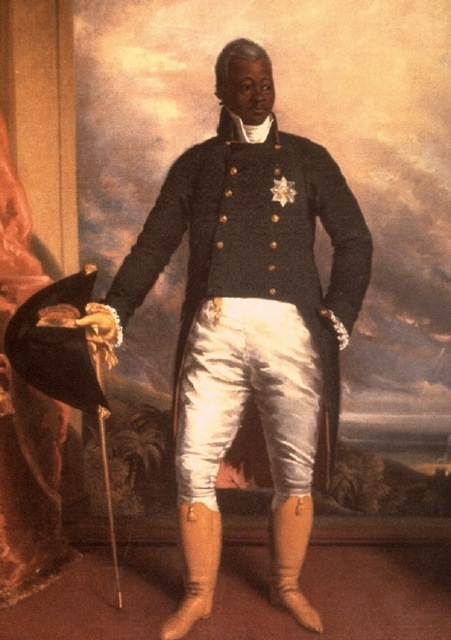Jan
11
Introduction
Posted by: | January 11, 2010 | Comments Off on Introduction
Hi everyone!
My name is Svetlana, and I’m currently finishing up a double major in Psychology and Spanish.
I haven’t met any of you yet as I have had an unxpected trip followed by having to sleep at the airport due to the enormous amounts of snow in the UK, so the trip took a little longer than it should have. However I am excited to finally join the class and wish you all a pleasant term.
Jan
11
1 Asturias
Posted by: | January 11, 2010 | Comments Off on 1 Asturias
As these stories are rather surreal by NATURE (no pun intended), they can be quite hard to follow: *especially for a non-native speaker*. The introductory letter helped me understand from what stance to tackle the reading; I knew it wasn’t going to b…
Jan
10
Asturias: las leyendas
Posted by: | January 10, 2010 | Comments Off on Asturias: las leyendas
Pasé un ratito en Guatemala este verano, no bastante para conocerlo bien, pero estaba más en Chiapas, México, donde conocé a muchos guatemaltecos. Por que México toma una hora extra durante los veranos[1] y Guatemala no hace esto, el tiempo de Guate es una hora atrás de México. Entonces lo llaman el tiempo de México “tiempo nuevo”, y el tiempo de Guatemala, “tiempo viejo”.
El tiempo viejo, la antigüedad que Asturias mencione es integral en su visión de Guatemala hoy en día. “Como se cuenta en las historias que ahora nadie cree- ni las abuelas ni los niños- esta ciudad fue construida sobre ciudades enterradas en el centro de América” (Guatemala). Este tema aparece en mucha de la literatura latinoamericana[2], pero Asturias me parece más suelto con la distinción entre los tiempos, es más mezclada. Los otros cuentos que se he leído hay una distinción definitiva entre el pasado y el presente. Pero por sus cuentos aquí, Asturias vuela por esas distinciones.[3] Quizás por que en Guatemala no hay tanta distinción entre el cotidiano de hoy y las tradiciones y leyendas de ayer. Más que cuarenta por ciento de la población es indígena y me imagino tienen costumbres similares a los mayas del pasado.
También refiere a los aspectos del día moderno. Por ejemplo en “Leyenda de Cadejo” la iglesia católica, representa por la monja, discrepa con un elemento fantástico antiguo, el cadejo. El conflicto es un conflicto relevante a los comunidades indígenas que los se convierte al catolicismo. Asturias tiene un perspectiva de América Latina se basa en los costumbres indígenas.
[1] Como daylight savings time.
[2] Me recuerdo el cuento de Fuentes, “Chac Mool” sobre un hombre que busca el dios de lluvia y luego se ahoga. Y también “La noche boca arriba” de Cortázar sobre un hombre que sueña que se sacrificado después un accidente en su moto.
[3] Or maybe it’s just my terrible Spanish. I feel like a fourth grader.
Jan
10
Leyendas part one
Posted by: | January 10, 2010 | Comments Off on Leyendas part one
I am impressed by Leyendas, and enjoy reading the stories, but I am a little lost. There is so much ambiguity that trying to understand everything is a challenge. There is an air of freshness that seems like Asturias is breaking new ground. Is it prose…
Jan
10
Me gustó tanto la primera mitad de Leyendas de Guatemala. Me llamó la atención ciertos enlaces en la escritura de Miguel Ángel Asturias con la de Gabriel García Márquez. Se puede ver un estilo similar en la manera en que describe el ambiente, dá…
Jan
10
Leyendas de Guatemala- I
Posted by: | January 10, 2010 | Comments Off on Leyendas de Guatemala- I
Antes de esta lectura, no tenía conocimiento previo sobre la historia de Guatemala o de cuya cultura, pero me ha dado definitivamente una nueva perspectiva de Guatemala como un país y además una comprensión más vivida sobre la cu…
Jan
10
Leyendas de Guatemala: Primera Mitad
Posted by: | January 10, 2010 | Comments Off on Leyendas de Guatemala: Primera Mitad
Tras leer la primera mitad de Leyendas de Guatemala, simplemente puedo decir que me he quedado impresionada con el estilo del texto. He leído muchos “cuentos cortos” en español, como el del peruano Cesar Vallejo y Valdelomar y Asturias es simple…
Jan
10
My interpretation
Posted by: | January 10, 2010 | Comments Off on My interpretation
In Leyendas de Guatemala, Miguel Angel Asturias combines nature with human traits, personality, and myth. It is more than simply personifying nature; mythical creatures and people exist within nature. In these stories, nature breathes and is brought al…
Jan
10
Span 365. Asturias
Posted by: | January 10, 2010 | Comments Off on Span 365. Asturias
I found this text somewhat difficult to read because of my level of comprehension in combination with the remarkable use of language of Asturias. I believe I got the gist of most of the legends, however, I feel I cannot fully appreciate their value as …
Jan
10
Leyendas de Guatemala
Posted by: | January 10, 2010 | Comments Off on Leyendas de Guatemala
Our first reading was as tough to read as it was long. Asturias has a talent for fantastical imagery that takes the reader on a roller coaster ride through jungles and forests brimming with life, across paisajes of immaculate beauty, and weaves harrowi…

